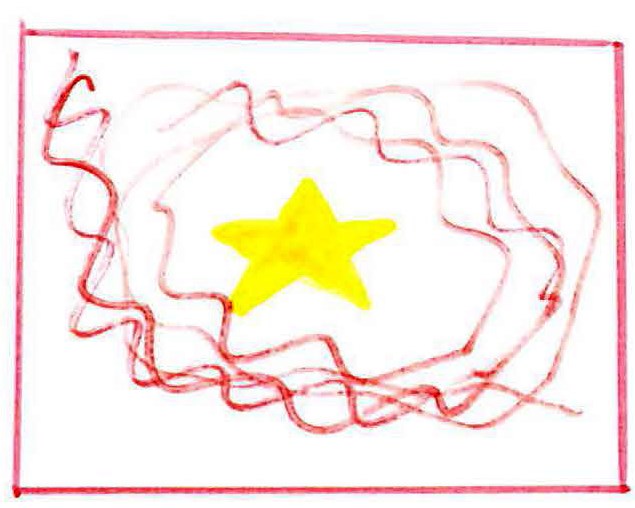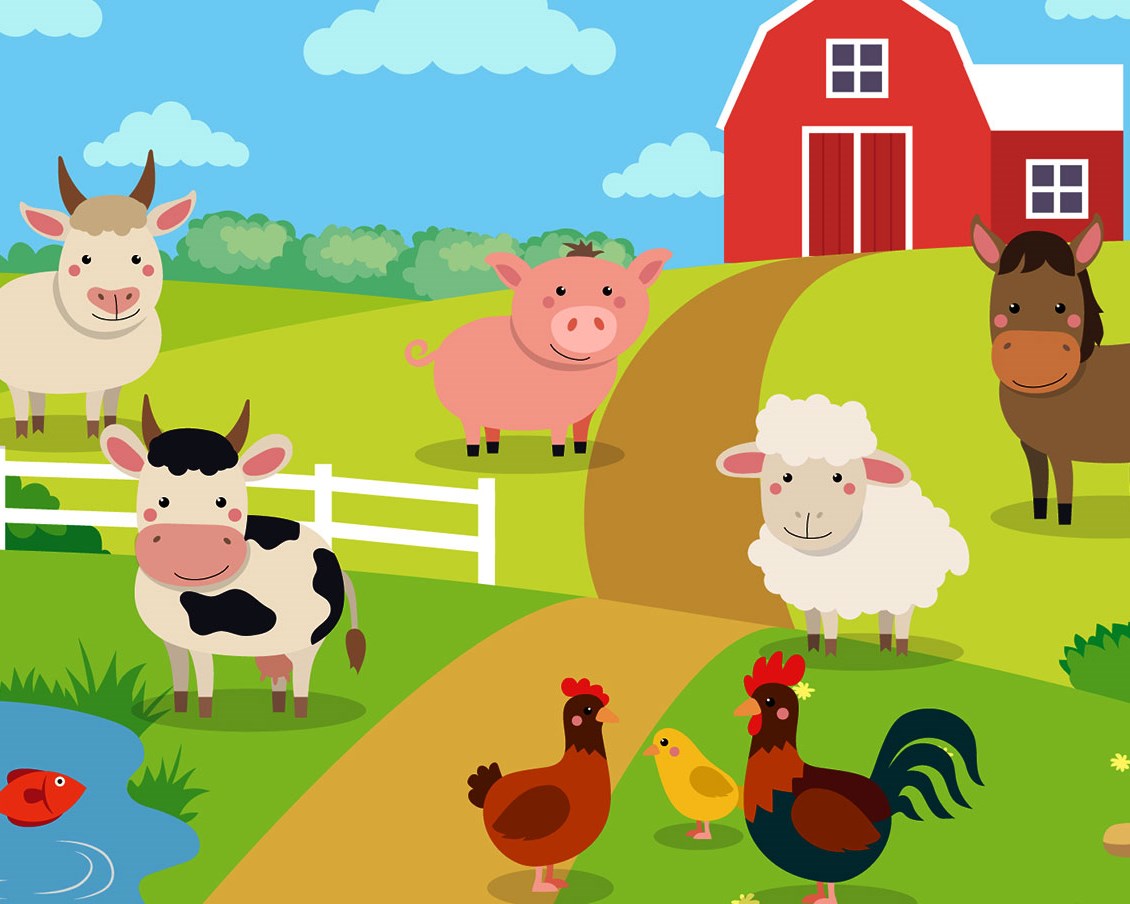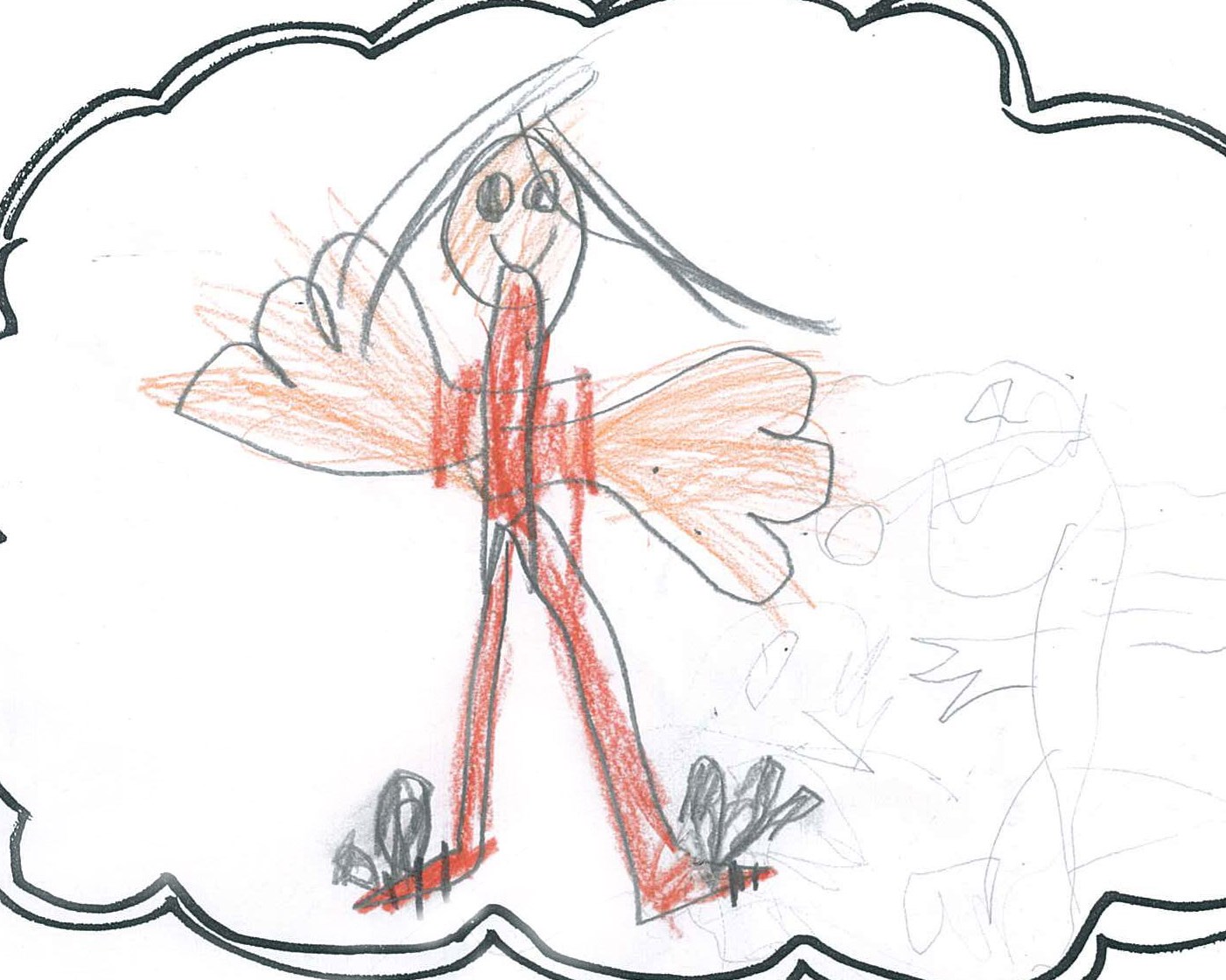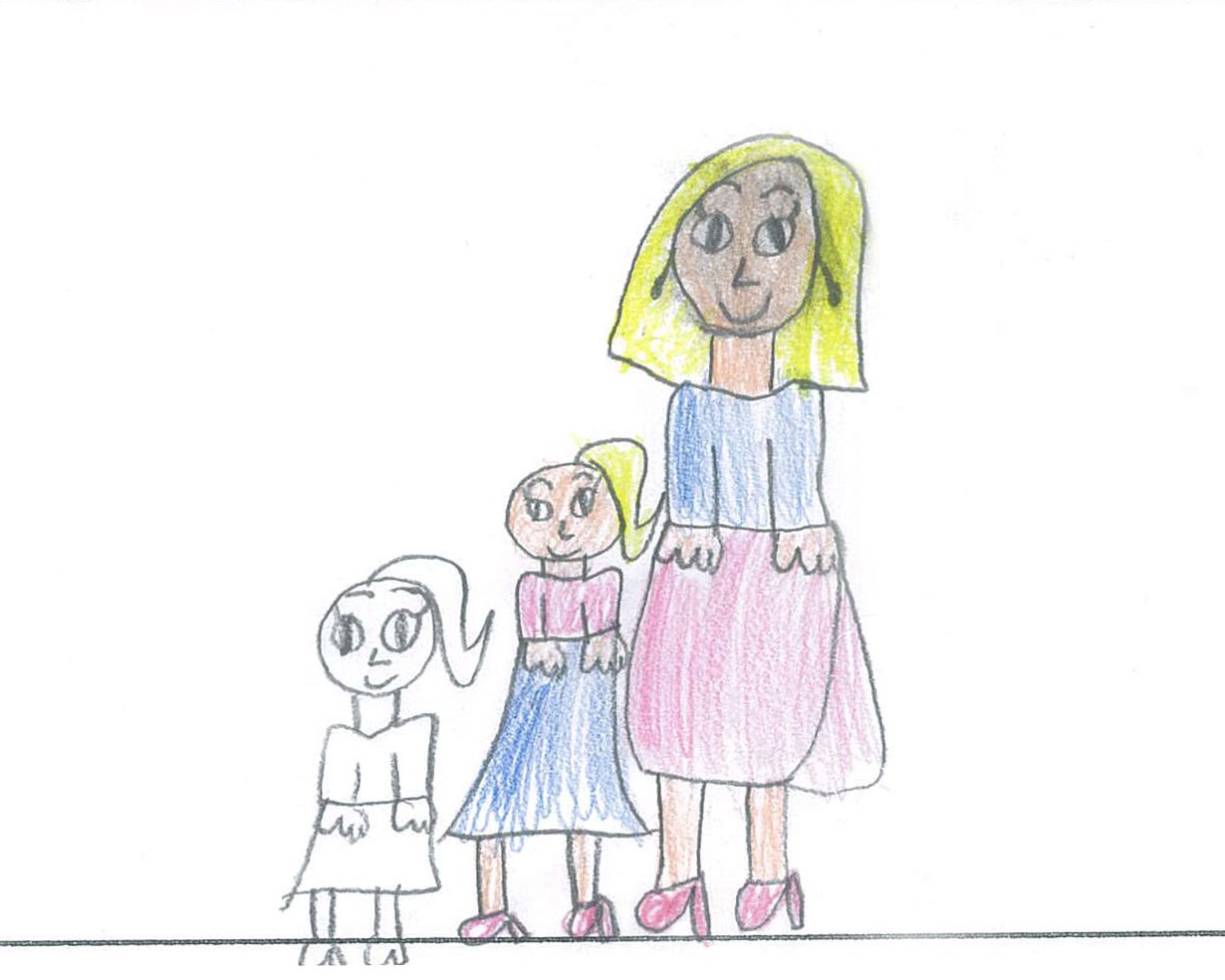Languages: Vietnamese - Satisfactory - Foundation to Year 2
Portfolio summary
This portfolio of student work shows that the student interacts with the teacher and peers through action-related talk and play (WS1, WS2, WS3, WS9). The student introduces themselves and others, and expresses thanks, likes and dislikes, needs and wishes (WS5). The student uses modelled repetitive language when participating in games and shared activities, and interacts in classroom routines by responding to questions, following instructions and asking for permission (WS1, WS2, WS3, WS4, WS5, WS9). When interacting, the student uses the sounds and tones of Vietnamese and distinguishes between questions and commands (WS1, WS2, WS3, WS4, WS9). The student identifies information and key words, such as names of people, places, or objects (WS2, WS4, WS8), and conveys information about themselves and their family, friends and school using modelled sentences and illustrations (WS4, WS5, WS7, WS8, WS10). The student responds to imaginative experiences through miming, acting, and answering questions (WS11), and creates and performs simple imaginative texts using familiar language and non-verbal forms of expression (WS8, WS10). The student uses familiar vocabulary related to the classroom and home environment (WS1, WS2, WS3, WS4, WS5, WS6, WS7, WS8, WS9, WS10, WS11). The student uses simple sentences with appropriate word order to communicate information about themselves, their family and the classroom (WS1, WS4, WS5, WS6, WS7, WS8, WS10). The student translates frequently used words and simple phrases and creates simple bilingual texts for the immediate learning environment (WS1, WS5, WS8). The student describes the experience of using Vietnamese and identifies their roles as members of different groups, including the Vietnamese class and their family and community (WS5).
The student identifies the sounds and tones of the Vietnamese language in words and symbols (WS1, WS2, WS4, WS5, WS7, WS8, WS9). The student identifies similarities and differences between different types of familiar texts. The student provides examples of the different titles and greetings that are used to address people in different situations. The student names some of the many languages used in Australia, identifying Vietnamese as one of the major community languages. The student identifies how the ways in which people use language reflect where and how they live and what is important to them.










